The magic powers of Kapalbhati: Are they real?
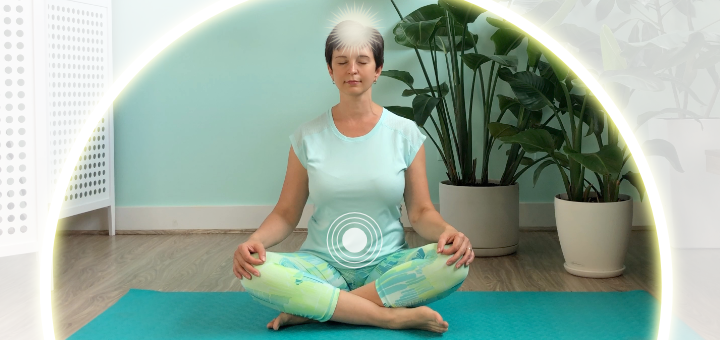
Kapalbhati (Skull Shining) is one of those interesting techniques that can either help you or harm you, depending on how you do it. Many articles on Kapalbhati tout its perceived benefits, which include clearing of the sinuses and lungs of allergens, increased metabolism, weight loss, improved circulation and increased oxygen supply. There are other articles that actually ask, “Is Kapalbhati killing you?” For example, this article says that Kapalbhati has been linked to heart problems, high blood pressure, vertigo, hernia, epilepsy, and related brain problems.
What exactly is Kapalbhati and why is it so controversial? Let’s take a closer look.
The primary distinction that we need to make right away is that Kapalbhati is NOT a pranayama technique; it’s a kriya. It’s an important distinction. The whole purpose of pranayama is life force expansion, and when we do pranayama practices, our breath needs to be long (dirgha) and subtle (sukshma). This is how Patanjali’s Yoga Sutras define pranayama. On the other hand, the main purpose of kriyas is to cleanse and purify the body, and we do not expect our breath to be long and subtle during kriyas.
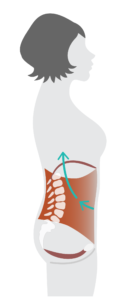
Kapalbhati is a breathing technique in which you exhale rapidly and forcefully using your abdominal muscles. You can do it fast or slow, for 15 repetitions or for 1000; the effect, of course, will be different. It appears that Kapalbhati has experienced a recent revival as a popular practice because of yogi Ramdev, who actively promotes this technique through his yoga camps and television appearances in India. Apparently, “thousands of Indians today consider Kapalbhati a panacea for all ills.” As yoga therapists, we are usually suspicious of strong yogic practices that are advertised as magical cures. Let’s take a closer look at what happens physiologically when you do Kapalbhati.
Two main qualities define Kapalbhati – increased intra-abdominal (and, as a result, thoracic) pressure and lower levels of carbon dioxide.
- The intra-abdominal pressure is increased during Kapalbhati because of active engagement of the abdominal muscles that repeatedly push the diaphragm up. The increase of intra-abdominal pressure is not advisable for pregnant or post-partum women, folks who had recent abdominal surgery or those who have hernia.
- As the diaphragm pushes upward and the thoracic cage gets pulled inward by the elastic recoil of the lungs, the pressure in the thoracic cavity (which houses the heart and lungs) increases, which can adversely affect the heart and respiratory function. This is why Kapalbhati is contraindicated for folks with heart problems, high blood pressure and respiratory diseases.
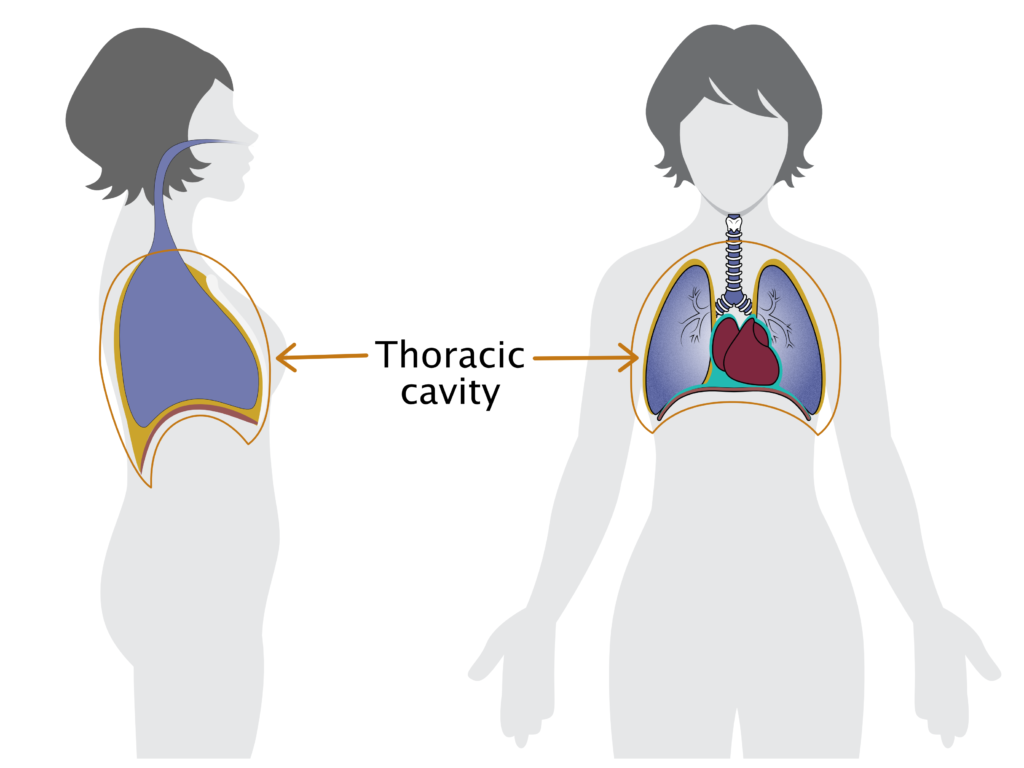
When you make your exhalations short and rapid, you quickly unload your body of carbon dioxide, which means the balance between oxygen and carbon dioxide will be tipped toward more oxygen in the system. Some people conclude that this means better oxygenation for your body, but we already know that the body cannot absorb excess oxygen when there is not enough carbon dioxide to balance it out. Instead, you just exhale that unused oxygen back out.
In addition, having oxygen overload has other consequences for your body. James Nestor, in his book Breath: The New Science of a Lost Art, explains: “Whenever the body is forced to take in more air than it needs, we’ll exhale too much carbon dioxide, which will narrow the blood vessels and decrease circulation, especially in the brain. With just a few minutes, or even seconds, of overbreathing, brain blood flow can decrease by 40 percent, an incredible amount. The areas most affected by this are the brain’s hippocampus and frontal, occipital, and parieto-occipital cortices, which, together, govern functions such as visual processing, body sensory information, memory, the experience of time, and the sense of self. Disturbances in these areas can elicit powerful hallucinations, which include out-of-body experiences and waking dreams.”
If you have ever practiced Kapalbhati for extended periods of time, you might recognize those symptoms. This technique affects your brain function and can make you feel almost high. It’s called “skull shining” for a reason; your head definitely feels lighter when you do it. It’s not an unpleasant experience, and maybe it is so pleasant for some that it can become addictive. The question, of course, is about long-term consequences. It doesn’t seem wise to intentionally restrict the blood flow to the brain for extended periods of time. This is why Kapalbhati is contraindicated for students with vertigo, epilepsy, or any kind of brain disorder. However, for folks who do not have these issues, brief Kapalbhati can improve mental performance. For example, this study found that participants were able to complete cognitively challenging tasks much faster after performing Kapalbhati for one minute.
If Kapalbhati is not contraindicated for you for the reasons stated above, it can also be done for the purpose of consciously training our chemoreceptors. Quick reminder: the chemoreceptors in our peripheral nervous system quickly respond to the change in oxygen/carbon dioxide balance within the body. Once they sense a drop in the CO2 levels, they send the signal to the brain stem to adjust the breathing rate. We can condition those receptors toward more or less tolerance. More tolerance means more resilience in the system. There might be some benefit in temporarily changing the balance between the oxygen and carbon dioxide levels in a controlled environment with well-regulated Kapalbhati for the purpose of training our chemoreceptors.
Another fascinating question involves the effect Kapalbhati has on weight loss. For example, this study shows a slight reduction of body mass and skinfold thickness after doing Kapalbhati for 15 minutes daily over a period of 8 weeks. The researchers attributed the weight loss to an increase in the body’s metabolic rate during Kapalbhati. But there is potentially another side to that story.
Do you know where your weight goes after you lose it? The common answer is that it gets released as heat and water (“you burn the fat” and “you sweat it out”), but this is not entirely correct. If you use up more energy than you consume, your body starts to break down your fat deposits. Some of that gets used by the body for energy, and what’s left is a little bit of water and a whole lot of carbon dioxide. Then you literally breathe your weight out. If you lose 10 pounds of fat, about 8.4 pounds gets released through your lungs when you exhale, and the remaining 1.6 pounds turn into water. Based on that fact, it’s tempting to jump to a conclusion – well, can I skip dieting and exercising and just breathe my weight out then? No, it doesn’t work that way. The exhalation itself will not tap into your fat stores. For that to happen, you need to use up more energy than you consume, meaning eat less and move more, which leads to an increase in metabolism. Once your body’s metabolic rate increases, then you will begin to exhale extra weight.
Is this how Kapalbhati works? Does it lead to weight loss by combining slightly increased metabolic rate (because of active abdominal contractions) and carbon dioxide unloading (via rapid exhalations)? We don’t know for sure. But if this is the case, then you can potentially increase this effect by doing an active yoga practice with deep breathing before you do Kapalbhati to get the metabolic process going.
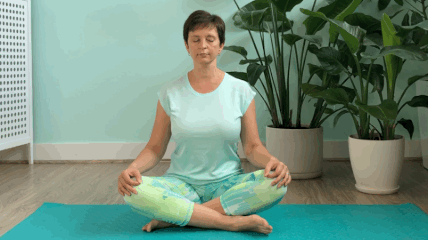
You might choose to do Kapalbhati for different reasons: to increase your awareness and control over your abdominal musculature, to clear your sinuses, to increase your body temperature and potentially your metabolic rate, to increase your body’s tolerance to shifts in oxygen/carbon dioxide balance, to facilitate a particular mental state, and so on. If you do not have the contraindications listed above and decide to do Kapalbhati, please be sure to follow these basic guidelines:
- Maintain good posture. Your body needs to remain upright without movement or tension in the neck, shoulders, face, back, or legs. Avoid excessive force or jerky movements.
- Maintain control of your abdominal contractions at all times. Do the practice slow enough that you stay in charge of the length and intensity of each one.
- Don’t overdo it. Start with a cycle of 15 exhalations first, and then take a few deep, comfortable breaths. Do three cycles of 15 and observe your sensations. You can gradually build on that over time.
- Make sure that your practice is intentional. Have clarity about your reasons for doing this practice. Keep that intention in the back of your mind as you do your practice.
- Prepare your body and breath properly. To make sure that you do not create or increase physical tension in your body, be sure to warm up your neck prior to doing Kapalbhati and lengthen your exhalations with progressive abdominal contraction.
Remember that this is an advanced technique and it needs to be treated as such. It is best if you have qualified supervision when you begin to use this technique, particularly if you intend to do it on a regular basis.

What does it mean to be strong? What does it mean to feel vital?

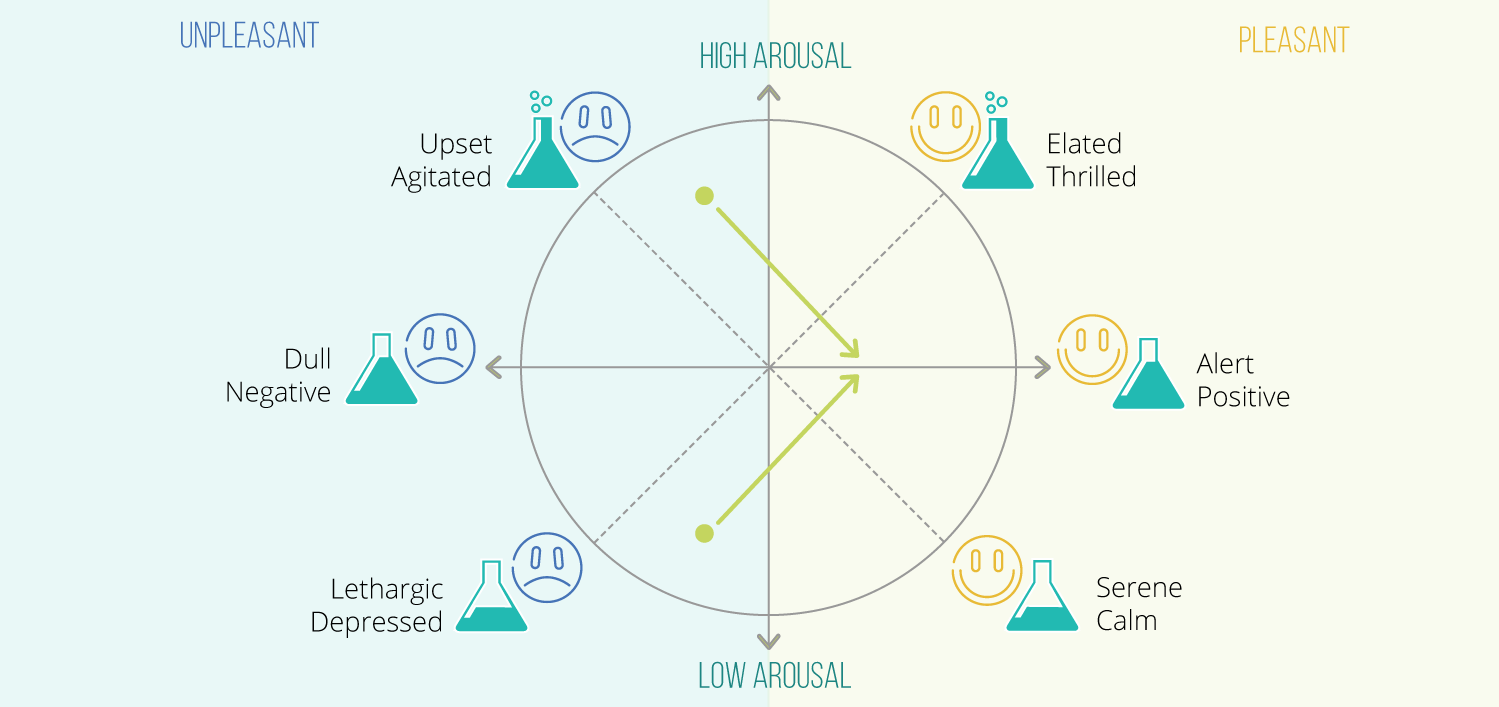








Wonderful and important information about this type of breathing! Thank you for all your information and support.
Best article on KB that I’ve ever read. Thank you!
Very insightful article. Thank you Olga
Hi Olga, great post! Would a hiatal hernia be a contraindication for this breath work?
Thanks, Yvonne from Detroit
Olga, thanks! I much appreciate this review of kryas and pranayama techniques. Could you explain what happens in the body when we use Ujayi breath? Does it increase or decrease the O2/CO2 balance?
Thanks,
Rita
Fascinating! Thank you Olga.
This is very informative. What is the relationship of Kapalbhati and the tension to be heal d in the diaphragms of the body? Is this topic already covered in a prior post? I have so much reading to catch up on in your blogs. Thank you for this detailed research based writing
It is an awareness of health that will help in building a healthy society. Kapalbhati is a great breathing exercise.
Thanks for sharing this
Thank you for this amazing explanation. I hope I can use your article as a source for my blog. I usually write info “in a cube” but I love to give a chance for those who would like to know more.